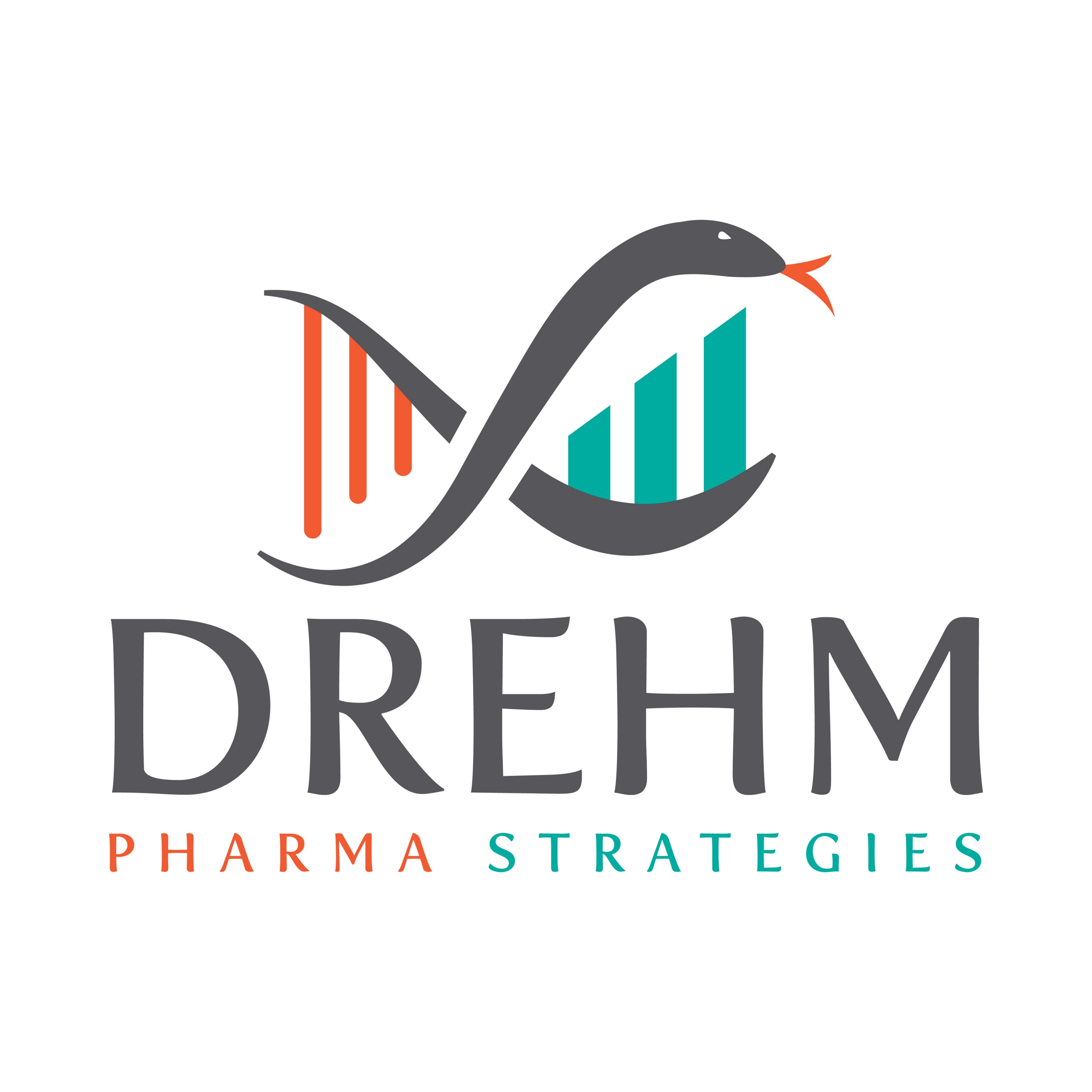 Effective B2B Content Distribution Strategies: 7 Approaches That Yield Results
Effective B2B Content Distribution Strategies: 7 Approaches That Yield Results
You’ve created awesome content, but now what? Content distribution is the secret sauce that gets your hard work in front of the right eyes. And for B2B, you need a content strategy with a strategic distribution plan. I’ve been in the content trenches for years, and I’ve seen firsthand what works (and what falls flat). Here are a few proven ways to supercharge your B2B content distribution strategy.
Top B2B content distribution strategies that work
Content marketing is crucial for B2B. But it’s not enough to just create great content. What matters is how you distribute it to the right people through the right channels. The most effective B2B content distribution channels, according to a study by Content Marketing Institute, are:
1. Email (87%)
2. LinkedIn (81%)
3. X (80%)
4. Facebook (80%)
5. YouTube (62%)
The study also found that the top goals for B2B content marketing are brand awareness (86%), lead generation (85%), and engagement (81%). So, how do you reach your target audience and achieve content marketing success? Here are some of the top B2B content distribution strategies that work:
1. Social media
2. Email marketing
3. Influencer marketing
4. Paid advertising
5. Guest posting
6. Repurposing content
Let’s examine each of these distribution channels in more detail and consider how you can use them to distribute your content effectively.
Social media is one of the most popular distribution channels for B2B content. Many successful B2B marketers even go beyond organic social and invest in paid social to promote their content. Up to 49% of successful content marketers used paid social media to promote content, per a 2023 Semrush survey. But when it comes to social media content distribution, it’s not a one-size-fits-all approach. When choosing social media platforms for B2B content distribution, it’s important to consider where your target audience is most active.
LinkedIn is often the top choice for B2B marketers, as it’s a professional network with over 700 million users. Facebook and X can also be effective for reaching a broader audience and engaging with industry influencers. To optimize your content for each social media platform, consider the unique features and best practices of each one. For example, long-form articles and thought leadership content tend to perform well on LinkedIn, while short, snappy updates and engaging visuals are key on X. On Facebook, video content and live streaming can effectively drive engagement.
Engaging with your audience on social media is crucial for any B2B content distribution strategy that aims to build relationships and drive conversions. Respond to comments and messages promptly, ask questions to encourage discussion, and share user-generated content to show appreciation for your followers. You can also use social listening tools to monitor mentions of your brand and join relevant conversations.
Paid social media advertising can help amplify your content and reach a larger, targeted audience. Platforms like LinkedIn, Facebook, and X offer robust targeting options based on demographics, interests, and behaviors. When creating ads, use compelling visuals and copy, and include a clear call to action to drive clicks and conversions. Test different ad formats, targeting options, and messaging to see what works best for your audience.
Email marketing is another powerful distribution channel for B2B content. Personalization is key to making your email campaigns stand out. Segment your email list based on factors like job title, industry, content interests, or buyer’s journey stage. Tailor your emails to each segment, including merge tags to personalize the content. Include clear calls to action that are relevant to the content of the email. Monitor and analyze performance metrics like open rates, click-through rates, and conversions to optimize your email campaigns.
Collaborating with industry influencers can be a game-changer for B2B content marketing. Identify relevant influencers who matter to your target audience. Build relationships by interacting with their content, then reach out directly to propose collaboration ideas that benefit both parties. Co-create content, such as webinars, podcasts, or blog posts, to showcase shared expertise and tap into their audience. Promote influencer content across all your channels to drive traffic and engagement.
Paid advertising, such as PPC advertising, is a powerful tool for reaching your target audience and driving quick results. Choose relevant platforms like LinkedIn Ads or Google Ads based on your B2B lead generation goals. Craft compelling ad copy that grabs attention and includes a strong call to action. Target the right audience using robust targeting options available on platforms like LinkedIn and Google. Monitor and optimize ad campaigns based on key metrics like click-through rates and conversion rates.
Publishing guest posts on relevant websites can boost brand awareness and establish thought leadership. Identify highly relevant and credible sites in your industry or niche. Pitch personalized guest post ideas that highlight your expertise and unique value. Create high-quality content that showcases your knowledge and provides value to readers. Include backlinks to your website within your guest posts to drive referral traffic and boost search engine rankings.
Repurposing existing content is a smart strategy for maximizing the reach and impact of your B2B content. Identify top-performing content and repurpose it into different formats like slide decks, videos, or social media posts. Distribute repurposed content across multiple channels to reach new audiences. Monitor performance metrics like traffic, engagement, conversions, bounce rate, and time on page to analyze content performance and optimize your distribution strategy.
Effective B2B content distribution requires analyzing, optimizing, and adapting your approach based on real data and insights. Track key performance indicators, analyze content performance, monitor audience engagement, and optimize distribution channels to ensure your content reaches the right people at the right time. By staying data-driven and agile, you can achieve content marketing success and reach your target audience effectively.
